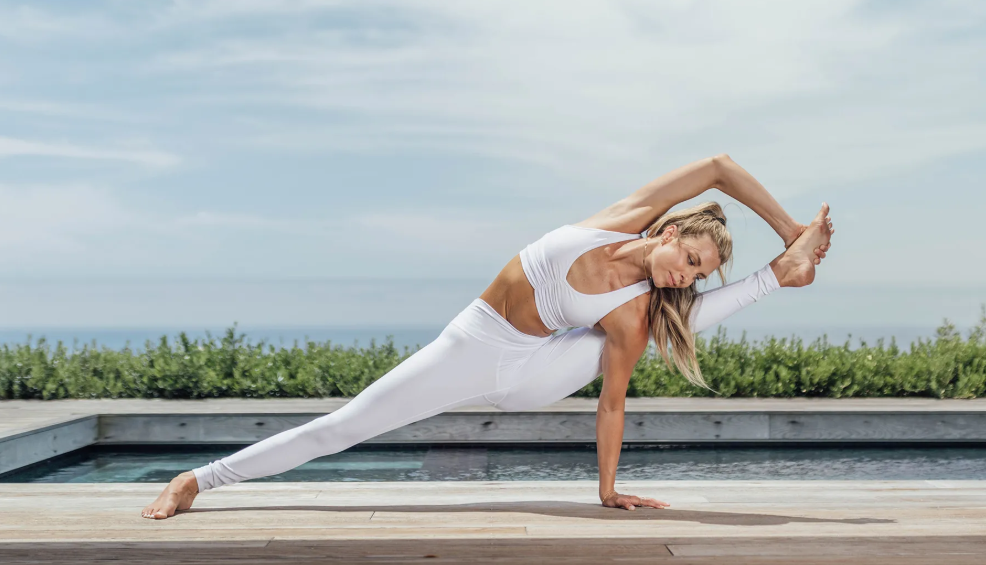Yoga has become a popular practice around the world, attracting millions of individuals seeking physical fitness, mental clarity, and emotional balance. With its roots tracing back thousands of years, yoga offers a holistic approach to well-being that resonates with diverse lifestyles. As you step onto your mat for the first time—or even if you’re looking to deepen your practice—understanding various yoga styles can help you find what truly aligns with your goals and personality.
Whether you’re drawn in by the calming flow of Vinyasa or intrigued by the challenge of Ashtanga, there’s a style perfectly suited for everyone. This exploration goes beyond just poses; it invites you into a journey of self-discovery and growth. So let’s dive deeper into this ancient discipline and uncover which yoga styles might resonate most with you on your wellness journey.
The Physical Benefits of Yoga
Yoga offers a myriad of physical benefits that can enhance your overall well-being. It promotes flexibility, allowing joints and muscles to move more freely. This increased mobility is particularly beneficial as we age or if we lead sedentary lifestyles.
Strength building is another significant advantage. Many yoga poses engage multiple muscle groups, helping you develop core strength and stability over time. You’ll find yourself standing taller and feeling more balanced in everyday activities.
Breath control plays a crucial role in yoga practice too. Deep breathing techniques promote better lung function and increase oxygen flow to tissues, enhancing endurance during workouts or daily tasks.
Regular practice has been linked to improved circulation, which supports heart health and helps with recovery after physical exertion.
The Mental and Emotional Benefits of Yoga
Yoga is more than just a physical practice; it’s a pathway to mental clarity and emotional balance. The act of focusing on the breath and movement allows practitioners to cultivate mindfulness, creating space for self-awareness.
Many find that regular yoga sessions reduce anxiety levels. As the body relaxes, so does the mind, leading to lower stress hormones like cortisol. This calming effect can help in managing daily challenges with greater ease.
Emotional resilience often blossoms through yoga as well. By engaging in poses that encourage vulnerability and strength, individuals may learn to embrace their feelings rather than suppress them.
Engaging regularly can lead not only to improved mental health but also a richer understanding of oneself and one’s emotions.
Popular Styles of Yoga
Yoga is a diverse practice, with various styles catering to different needs and preferences. Hatha yoga is one of the most traditional forms, focusing on postures and breathing techniques. It’s perfect for beginners seeking a gentle introduction.
For those looking for something more physically challenging, Vinyasa offers flowing sequences that sync breath with movement. It’s dynamic and invigorating.
Ashtanga takes it up a notch with its structured series of poses performed in a specific order. This style promotes strength and flexibility while building endurance.
Yin yoga contrasts sharply; it involves long-held passive stretches targeting deep connective tissues. Great for relaxation, it encourages mindfulness.
If you’re drawn to spiritual aspects, Kundalini combines physical poses with breathing exercises and meditation to awaken energy at the base of your spine. Each style provides unique experiences tailored to individual goals or interests.
Choosing the Right Style for You
Choosing the right yoga style can feel overwhelming, especially with so many options available. Start by assessing your fitness level. Some styles are more physically demanding than others.
Consider your goals as well. Are you looking to build strength or increase flexibility? Different styles cater to different objectives.
Think about your personality too. Do you thrive in a high-energy environment, or do you prefer a calmer approach? Finding a practice that resonates with you makes all the difference.
Also, take into account how much time you can dedicate weekly. Certain classes may require more commitment than others.
Don’t hesitate to try various styles before settling on one. Attend beginner classes across different types and see what feels best for your body and mind. This exploration is part of the journey towards finding your perfect fit in yoga.
Tips for Beginners Starting a New Yoga Practice
Starting a new yoga practice can feel overwhelming, but it doesn’t have to be. Begin with an open mind and embrace the journey.
Choose a comfortable space where you can focus without distractions. A quiet corner of your home or a serene spot in nature works well.
Invest in a good-quality yoga mat for stability and support. It doesn’t need to be expensive; just find one that feels right for you.
Take your time learning basic poses. Don’t rush into advanced positions; mastering foundation is key.
Listen to your body as it guides you through each stretch and movement. Allow yourself to rest when needed—yoga is about balance, not competition.
Conclusion
Choosing the right yoga style can be a transformative journey. Each practice offers unique benefits, catering to different needs and preferences. By exploring the various styles available, you can find one that resonates with your body and mind.
Whether you seek physical strength, mental clarity, or emotional balance, there’s likely a yoga style tailored for you. Listen to your intuition as you navigate this path. Consider trying out different classes until you discover what feels best.
Remember that yoga is not just about the poses; it’s also about connecting with yourself on a deeper level. So take your time in finding what works for you and enjoy every step of this enriching experience in your life. Embrace the journey ahead as an opportunity for growth and self-discovery through the beautiful world of yoga styles!

